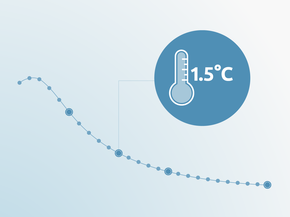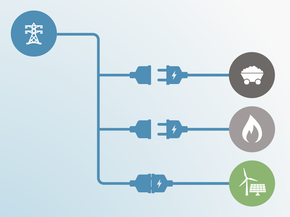Assumptions
Historical data
Historical data were obtained from the UNFCCC GHG inventory (CRF, 2017).
Pledges
Pledges were calculated from historical data obtained from the UNFCCC GHG inventory (CRF, 2017).
To calculate the 2020 target, we applied the 17% decrease to 2005 levels incl. LULUCF and then subtracted projected LULUCF emissions from Canada’s Sixth National Communication (128 MtCO2e) to estimate the emissions under the 2020 target excluding LULUCF. For comparability between countries, the CAT presents all targets excluding LULUCF.
Contrary to the revised NDC document, the NDC emission level displayed in NC7 appears to exclude LULUCF in the base year. Therefore, we calculated the 2030 target by excluding LULUCF in the base year, before applying the 30% decrease to arrive at the target. However, as uncertainty remains regarding the inclusion of emissions reductions from the LULUCF sector in the target, the CAT provides an additional value, 646 MtCO2e excl. LULUCF, reflecting a gross-net accounting method and creating a range for the target.
Canada applies global warming potentials (GWPs) from the IPCC Fourth Assessment Report (AR4) in its projections from 2014–2030 reported in its revised NDC and NC7. To ensure consistency between the historical data obtained from CRF (2017) and other elements of our analysis, we calculated the target and the projections based on GWPs from the IPCC Second Assessment Report (SAR). An analysis based on AR4 GWPs would not significantly change the emission trend shown or rating given, as the NC7 reports an NDC target level of 517 MtCO2e excl. LULUCF in 2030 and the revised NDC publishes a target level of 523 MtCO2e.
To estimate the impact of LULUCF sinks, projected LULUCF emissions for 2020 and 2030 were obtained from Canada’s Sixth National Communication (Government of Canada, 2014), which is the most up-to-date source of LULUCF projections available. LULUCF projections are explicitly excluded from the NC7 as Canada continues to refine its LULUCF estimates in an effort to improve reporting and accounting for LULUCF.
Current policy projections
The current policy projections from 2015 to 2030 were obtained from the greenhouse gas emission projections in the NC7 which were then harmonised to historical data in SAR (Environment and Climate Change Canada, 2017a). The report presents projections considering future impacts of policy measures enacted as of September 2017. It presents three scenarios (slow growth/low emissions, reference scenario or “with measures”, and fast growth/high emissions) reflecting different assumptions about oil and gas prices and GDP growth rate.
Due to uncertainty in GDP growth rate and oil and gas prices, the CAT shows the current policy pathway as a range based on the low and high emission scenarios. Canada has recently introduced its federal backstop carbon pricing plan, to be implemented by provinces and territories by 2019 at the latest. It is not yet clear how much this plan would contribute to reducing national emissions. This policy is not quantified in our current policy projections, as more details of the plan would be needed for this purpose but is captured in the planned policy projections.
The impact of planned policies for 2030 was quantified by subtracting the expected percentage emissions reductions achieved through planned policies, outlined in the Pan-Canadian Framework on Clean Growth and Climate Change, from the high and low growth scenarios under the current policy pathway. Since the impact of these planned policies is additional to the current policies, we take the current policy pathway range as a starting point.
Further analysis
Latest publications
Stay informed
Subscribe to our newsletter






